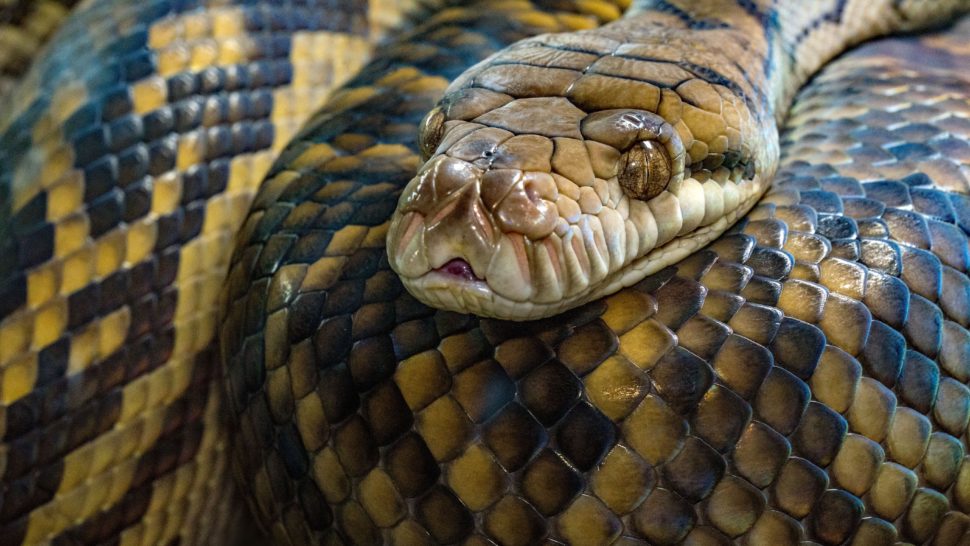Four practical tips to protect your HOA from snakes and other pests


A family in an El Dorado Hills, Calif., homeowners association is worried about getting bitten by rattlesnakes every time they step out of their car, into their garage, and walk out their door.
The couple spent $7,000 on fencing buried as deep as a foot in the ground, but the rattlesnakes could still find their way in. The rocks and grass around the property make it an ideal habitat for snakes.
According to the couple, their homeowners association won’t allow them to extend their gate to the road to create a barrier. They’ve been told the project does not meet the aesthetic guidelines, according to CBS13.
It’s not uncommon for conflict with wildlife in associations. Does an association have a responsibility to protect its residents from dangerous wildlife?
In 2018, a Florida woman was awarded a $5 million settlement from her homeowners association and community management company for not warning residents about a snake problem in the community. When stepping out onto her back patio in July 2015, a water moccasin bit her toe. The woman was lucky to live, but her leg had to be amputated below the knee as a result of the venomous snake’s bite.
A University of Florida study showed that running into a water moccasin, also known as cottonmouths, is 8.6 times higher in the community than in the Everglades, which are nearby. The Florida community now posts signs warning residents about venomous snakes.
When faced with concerns about wildlife, Kelly Richardson, cofounder and managing partner of Richardson Ober in Pasadena, Calif., a fellow in CAI’s College of Community Association Lawyers (CCAL), and a CAI past president, recommends the following:
“As with any potential common area hazard, the board and management should pay attention to complaints or reports of a potential problem,” Richardson said. “The key is to respond reasonably to known issues.”
HOAresources.com explores questions and comments from community association members living in condominiums, homeowners associations, and housing cooperatives. We then assemble trusted experts to provide practical solutions to your most commonly asked, timely questions. We never use real names, but we always tackle real issues. Have a question or comment about your community association? Submit here for consideration:
Join CAI’s online community for access to the industry’s most in-demand community association resources.
Thousands of your peers are sharing advice.
Laura Otto is the Senior Editor of Digital Content at CAI. A seasoned journalist, Laura previously worked for a creative, advocacy agency in Washington, D.C., where she wrote and edited content for a variety of public health clients. Prior to that, Laura served as a senior writer and editor for the George Washington University School of Medicine and Health Sciences. Laura is a graduate of Temple University in Philadelphia.